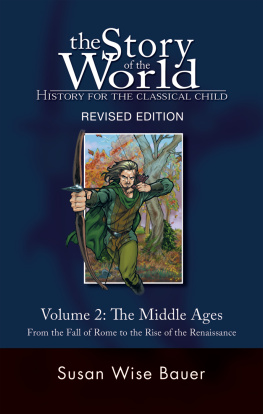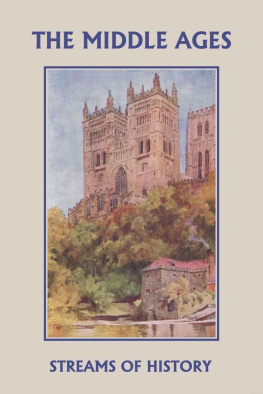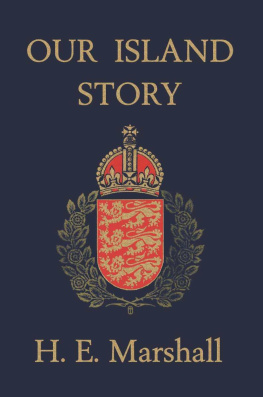The Discovery of New Worlds
by
M. B. Synge
Yesterday's Classics
Chapel Hill, North Carolina
Cover and Arrangement 2010 Yesterday's Classics, LLC
All rights reserved. No part of this book may be reproduced or retransmitted in any form or by any means without the written permission of the publisher.
This edition, first published in 2010 by Yesterday's Classics, an imprint of Yesterday's Classics, LLC, is an unabridged republication of the work originally published by William Blackwood and Sons in 1903. This title is available in a print edition (ISBN 978-1-59915-014-7).
Yesterday's Classics, LLC
PO Box 3418
Chapel Hill, NC 27515
Yesterday's Classics
Yesterday's Classics republishes classic books for children from the golden age of children's literature, the era from 1880 to 1920. Many of our titles are offered in high-quality paperback editions, with text cast in modern easy-to-read type for today's readers. The illustrations from the original volumes are included except in those few cases where the quality of the original images is too low to make their reproduction feasible. Unless specified otherwise, color illustrations in the original volumes are rendered in black and white in our print editions.
Contents
CHAPTER I
The Roman World
"Let the great world spin for ever down the ringing grooves of change."
T ENNYSON.
I N this new century, the story of the world was the story of Rome herself, for she ruled over nearly all the world that was known to the men of these olden times.
Let us remember that we are still talking of two thousand years ago, though we have almost unconsciously glided from the era known as B . C . that is, Before Christto that known as A . D . , Anno Domini, the year of our Lord.
It is sometimes hard to realise all that had happened before this time in the far-off ages of long ago. And yet it is all so interesting and so vastly important. It shows us how earnest work and toil raised each nation in turn to a high position, and how the acquisition of wealth or the greed of conquest brought that nation low.
We must now see how Rome too,"Golden Rome," as she was called by the poets of her day,the Mistress of the World, fell, owing to her desire for wealth and display, indolence and luxury, and how great and terrible was her fall.
While the child Christ was growing up in his quiet home in the East, Csar Augustus was still ruling the great Roman world, of which Rome itself was the centre. Augustus did what he could to make Rome, the capital of the whole world, worthy of her name.
Like Pericles at Athens in the olden days, he built beautiful buildings and tried to make the city as famous as possible. Many races met within her gates, many languages were spoken in her streets. Eastern princes and wildly-clad Britons and Gauls, low-browed Egyptians and sunburnt Spaniards,all might have been seen at this time in the Forum at Rome, together with the Romans and Greeks.
Anxious to communicate with all parts of his mighty empire, Augustus started the imperial post. At certain stations along the great military roads, which now stretched from Rome to Cadiz in Spain, as well as to the coasts of France and Holland, he established settlements. Officers and messengers, with horses and mules, were ready to ride off, at a moment's notice, with messages from the emperor, to those who were ruling provinces under him. Along these great roads the legions of Rome were continually marching to and from the provinces, their tall helmets flashing in the sunlight as they tramped along the paved roads to protect the interests of Rome in distant lands.
The "Queen of Roman Roads," as it was called, was that known as the Appian Way, along which passed the traffic between Rome and the South, extending to Brindisi. It was a splendid road, broad enough for two carriages to pass one another, and built of hard stones hewn smooth.
Thus the countries dependent on Rome could pour their produce into the Golden City; while on the other hand the famous Augustan roads, starting from the golden milestone in the Forum,the very heart of the Empire,carried Roman civilisation and life to the western limits of Europe.
Then there were Roman possessions across the sea.
The whole northern coast of Africa was hers, from Carthage Alexandria was at this time second only to Rome itself: as a centre for commerce she stood at the head of all the cities in the world.
Egypt supplied Rome with grain, which was shipped from Alexandria; the traffic of the East and West met in her streets; she had the finest Greek library in the world, and she was famous for her scholars and merchants.
But the reign of the emperor Augustus was drawing to its end. He was an old man now, and he had reigned over the empire forty-five years.
There had been peace throughout the latter part of his reign, disturbed only by one battle. This was in Germany, when the Germans won a victory over the consul Varus. It preyed on the mind of the old emperor, and he would sit grieving over it, at times beating his head against the wall and crying "Varus, Varus, give me back my legions."
He was never the same again. He set his empire in order and prepared for death.
"Do you think I have played my part well on the stage of life?" he asked those who stood round him, as he arranged his grey hair and beard before a mirror which he had called for.
Compared with those that came after, he had indeed played his part well. The Romans delighted to honour him. They called the sixth month in the Roman year, August, after him, just as they had called the month before, July, after Julius Csar, and these names have lasted to this very day.
CHAPTER II
A Great World Power
"God's in His Heaven,
All's right with the world."
B ROWNING.
E VENTS which affect us to-day were now crowding thickly together. The Emperor Augustus Csar was dead. Tiberius Csar ruled the great empire of the Roman world, including distant Juda, where Jesus Christ was living out His quiet life, teaching a new order of things to those who would hear.
But the Jewsthose direct descendants of Abraham the patriarch, who had long ago migrated from Chaldea to the land of Canaan,the Jews were looking for a great earthly conqueror. They had refused to acknowledge the claims of Christ to be that conqueror, and they wished to bring about His death as soon as possible.
"What thinkest thou?" they said one day"Is it lawful to give tribute to Csar, or not?"
"Show Me the tribute money," answered Christ.
And they brought Him a penny, a Roman penny made of silver, worth about sevenpence-halfpenny of present money.
"Whose is this image and superscription?" He asked them.
"Csar's," was their answer.
Then saith He unto them: "Render therefore unto Csar the things which are Csar's; and to God the things which are God's."
This was no earthly conqueror like the Csars, whom they could expect to give them high places, to restore to them their rights and exalt them above their fellows. This Man taught that the world must be a great brotherhood, bound together by peace and love. And the Jews put Him to death, crucifying Him, according to their eastern custom.
They had killed Him when He was yet young, but they could not kill His teaching. Under His disciples and apostles it spread rapidly.
"Go ye into all the world and preach the Gospel (good news) to every creature."
These had been among the last commands given to the followers of Christ. Among the first to carry out this great command of his Master was Paul.


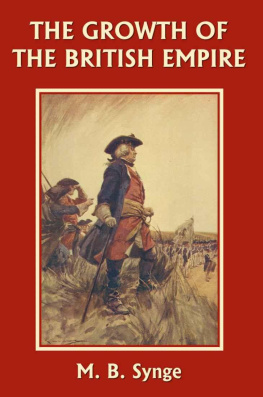


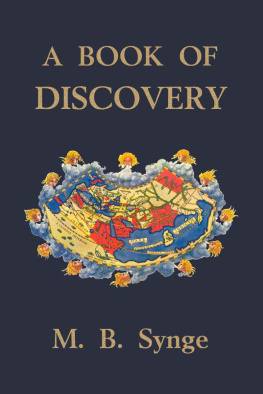
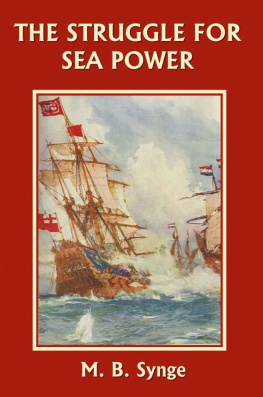

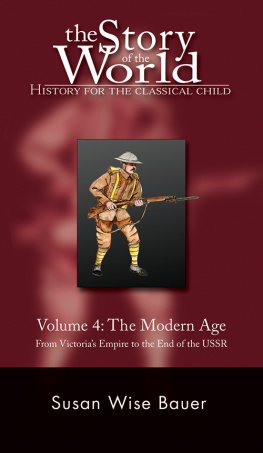
![Rountree Elizabeth - The story of the world: [history for the classical child]. Volume 2, The Middle Ages, [from the fall of Rome to the rise of the Renaissance]: test book and answer key](/uploads/posts/book/232759/thumbs/rountree-elizabeth-the-story-of-the-world.jpg)
